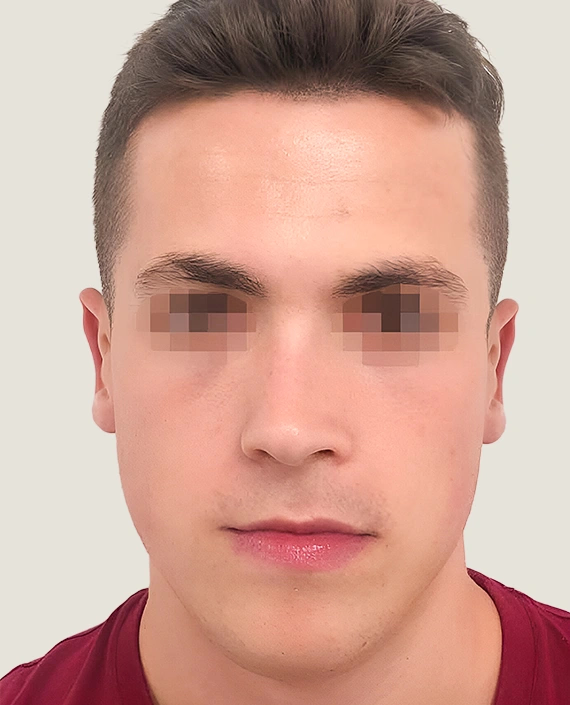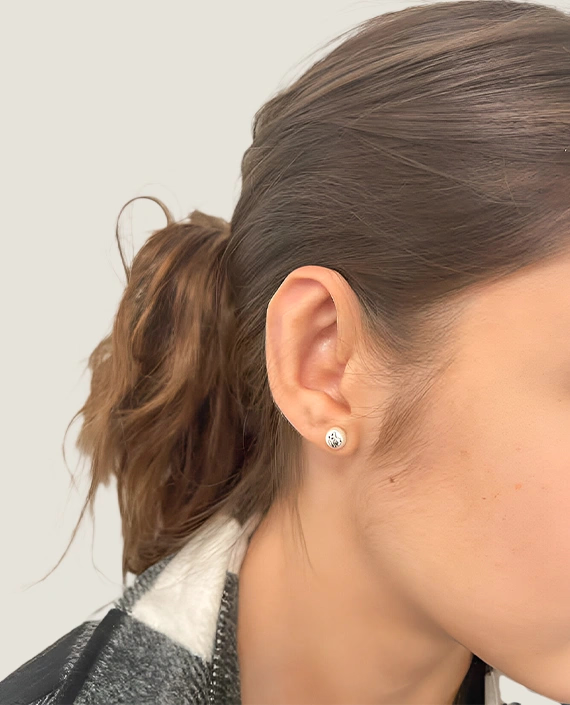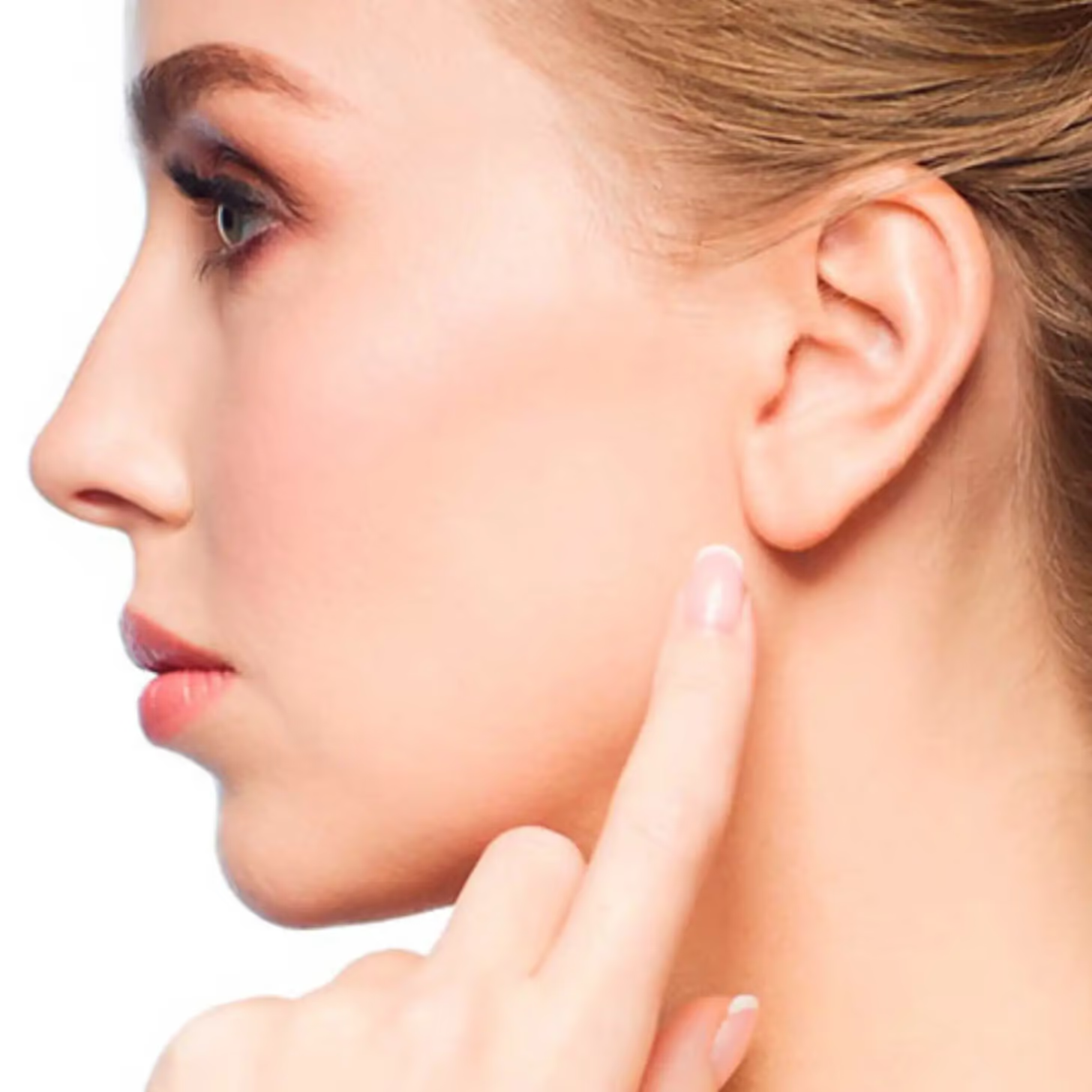Otoplasty: Redefine the position and shape of your ears
Surgery duration
60 minutes
Anesthesia
Local
Postoperative Rest
No rest required
Visible Effects
Immediately
Recovery
1 week
Results
Life-long
We are not a franchise
We have our own medical team
What is Otoplasty?
Otoplasty, also known as ear surgery, is a procedure designed to correct deformities or enhance the appearance of the ears. It is a popular choice for individuals with prominent ears, often referred to as "bat ears," or for those unhappy with the shape, size, or position of their ears.
How is the procedure for otoplasty performed?
La otoplastia es un procedimiento relativamente simple que se realiza bajo anestesia local o general, dependiendo de la complejidad del caso y las preferencias del paciente. El proceso generalmente incluye los siguientes pasos:
- Consulta Inicial: El cirujano evaluará la estructura de tus orejas y discutirá tus expectativas y resultados deseados.
- Incisión: Se realiza una incisión discreta detrás de la oreja, en el pliegue natural, lo que minimiza las cicatrices visibles.
- Moldeado del Cartílago: Dependiendo del objetivo del tratamiento, el cirujano puede remodelar, retirar o añadir cartílago para lograr la forma deseada.
- Cierre de la Incisión: Se cierran las incisiones con suturas y se coloca un vendaje para proteger la zona y mantener la nueva forma de la oreja.
- Recuperación: Después del procedimiento, los pacientes generalmente pueden regresar a casa el mismo día, siguiendo las indicaciones postoperatorias del cirujano.
Before and after photos of otoplasty
Otoplasty can have a significant impact on a person's appearance and self-esteem. The results are visible almost immediately, although temporary swelling and bruising may occur. As the swelling subsides, the new shape of the ears becomes more noticeable, typically appearing more natural and proportionate to the rest of the face. Los pacientes que se someten a una otoplastia suelen sentirse más seguros y cómodos con su apariencia, lo que puede mejorar su calidad de vida en general.
Otoplasty


Otoplasty


Who is a good candidate for Otoplasty?
This procedure is recommended for individuals who:
- Are concerned about the appearance of their ears, whether due to their size, shape, or prominence.
- Are in good overall health and do not have any medical conditions that may complicate the surgery.
- Have realistic expectations about the potential outcomes of the procedure.
- Seek a permanent solution to improve the aesthetic appearance of their ears.
Otoplasty is suitable for both adults and children, especially for those who have experienced teasing or bullying due to prominent ears.
Preoperative Tests for Otoplasty
Before undergoing otoplasty, several tests and evaluations are performed to ensure the patient is ready for surgery. These include:
- Complete medical Evaluation: To rule out any conditions that could interfere with surgery.
- Blood tests: To check for clotting and other relevant conditions.
- Consultation with the Surgeon: To discuss the procedure, expectations, and potential risks.

Postoperative Care for Otoplasty
After otoplasty, follow these care instructions to ensure a smooth recovery:
- Use of Dressings: To keep the ears in position and protect the incision.Avoid Intense
- Activities: Rest and avoid any activities that could cause impact during the first few weeks.
- Medical Monitoring: Attend follow-up appointments to ensure proper healing.
- Pain Medication: Take as prescribed to manage discomfort.
- Proper follow-up care is essential for achieving lasting, satisfactory results.
Correction of protruding ears
Improvement of facial balance
Increased self-esteem
Reduced social anxiety
What is the price of otoplasty?
The cost of otoplasty can vary depending on the complexity of the procedure, the surgeon’s experience, and the clinic's location. On average, the price ranges from €1,900 to €3,000. Note that this price may not include additional expenses such as anesthesia, preoperative and postoperative consultations, and medications. You can get an estimated cost using our calculator.
Factors affecting the price of otoplasty
- Case Complexity: If a more complicated correction is required, such as complete or partial ear reconstruction, the price will be higher.
- Technique Used: The cost may vary depending on whether incisions or less invasive methods are used.
- Procedure Duration: The longer the surgery takes, the higher the associated cost.
- Additional Materials: If cartilage grafts or other materials are needed, this may increase the final price.
- Postoperative Care: The number and type of follow-up visits or additional treatments required can also affect the final cost.

Where can I undergo otoplasty?
At EGOS, we offer otoplasty procedures at multiple locations, ensuring convenient access to the treatment you need.
Frequently asked questions about Otoplasty
Is otoplasty painful?
Otoplasty is generally not very painful, as anesthesia (local or general) is used during the procedure. After surgery, there may be some discomfort, swelling, or mild pain, which can be managed with prescribed pain medications. Pain typically subsides within a few days.
How long does recovery take?
Full recovery can take several weeks. Most patients can return to their normal activities in about a week, but any activity that might impact the ears should be avoided for at least a month.
Are the scars visible?
No, the scars are minimal and are placed behind the ears, making them virtually invisible
Are the results permanent?
Yes, the results of an otoplasty are permanent, although it is important to follow postoperative instructions to ensure the ears heal properly and maintain their new shape.
Can it be performed on children?
Yes, otoplasty is common in children from the age of 5, especially if prominent ears are a source of insecurity or bullying.
What are the risk factors associated with otoplasty?
The risks associated with otoplasty include:
- Infection: As with any surgery, there is a risk of infection in the treated area, particularly around the incisions.
- Visible scars: Although scarring is usually minimal, in some cases it may be more noticeable than expected.
- Hematomas: Bruising or a buildup of blood under the skin (hematomas) may occur and could require drainage.
- Asymmetry: There’s a chance that the ears may not be perfectly symmetrical after the procedure.
- Loss of sensation: Temporary or permanent loss of sensation in the treated area can occur.
- Recurrence of the issue: In some cases, the ears may return to their original position, potentially requiring additional surgery.
- Pain or discomfort: Some patients may experience pain or discomfort following the surgery, which is typically managed with pain medication.
What is the best age to undergo otoplasty?
It is recommended to perform the procedure after the age of 5 or 6, once the ears have finished developing. This allows the issue to be corrected before school age, helping to prevent teasing or insecurity.
Does otoplasty affect hearing?
No, because the procedure is performed on the outer part of the ears and does not affect the internal structures related to hearing.
Is it necessary to wear a headband after otoplasty?
Yes, it is generally recommended to wear a soft compression headband during the first few weeks to protect the ears and help maintain their new position.
When can I wash my hair after surgery?
Most surgeons allow hair washing after 3–5 days, as long as it is done carefully and the incisions are not directly exposed to water.
Is it possible to correct only one ear?
Yes, otoplasty can be performed on one or both ears, depending on the patient’s needs.
Can I sleep on my side after the surgery?
It is not recommended to sleep on your side during the first 2–3 weeks to avoid putting pressure on the ears.
Can otoplasty be done without surgery?
There are methods using thread lifts or external devices, but they do not provide definitive or as effective results as surgery.

Our team in otoplasty

Dr. Tiago Gomes
Otoplasty is a surgery that, for many patients, marks a before and after in their lives. I’ve had the opportunity to correct prominent or protruding ears for many patients, and the satisfaction they feel when they see themselves in the mirror for the first time is incomparable. My goal is always to create natural harmony with the face, ensuring that every detail is carefully considered so that the result is as discreet as possible.
More information
Dr. Santiago Elvira i Barberà
When I perform an otoplasty, my approach goes beyond simply correcting a physical appearance. For me, this surgery is an opportunity to restore confidence to my patients, especially those who have felt self-conscious about the shape of their ears since a young age. I use techniques that ensure a quick recovery and aesthetically pleasing results, so patients can return to their daily activities with renewed confidence.
More information
Dr. Jose Sarrià
My experience in otoplasty has taught me that every patient is unique, and that’s why each procedure must be personalized. I use minimally invasive techniques to minimize visible scarring and ensure a smooth recovery. I’m proud to say that my patients often mention their ears look completely natural, as if they had never been operated on.
More information
Dr. Edgar Carmona
Otoplasty is not just a cosmetic surgery; it is also a psychological intervention. Many of my patients, especially the younger ones, have suffered for years due to teasing and insecurities. My priority is to make them feel comfortable and confident throughout the entire process from the first consultation to full recovery. I work with precision to achieve results that are proportional to the patient’s facial features, creating natural symmetry.
More informationLoading...
Backed by:
Our patients say about EGOS
Average rating: 4.9 / 5

